Physics Unit Conversion Table
It’s easy to feel scattered when you’re juggling multiple tasks and goals. Using a chart can bring a sense of order and make your daily or weekly routine more manageable, helping you focus on what matters most.
Stay Organized with Physics Unit Conversion Table
A Free Chart Template is a great tool for planning your schedule, tracking progress, or setting reminders. You can print it out and hang it somewhere visible, keeping you motivated and on top of your commitments every day.

Physics Unit Conversion Table
These templates come in a range of designs, from colorful and playful to sleek and minimalist. No matter your personal style, you’ll find a template that matches your vibe and helps you stay productive and organized.
Grab your Free Chart Template today and start creating a more streamlined, more balanced routine. A little bit of structure can make a huge difference in helping you achieve your goals with less stress.
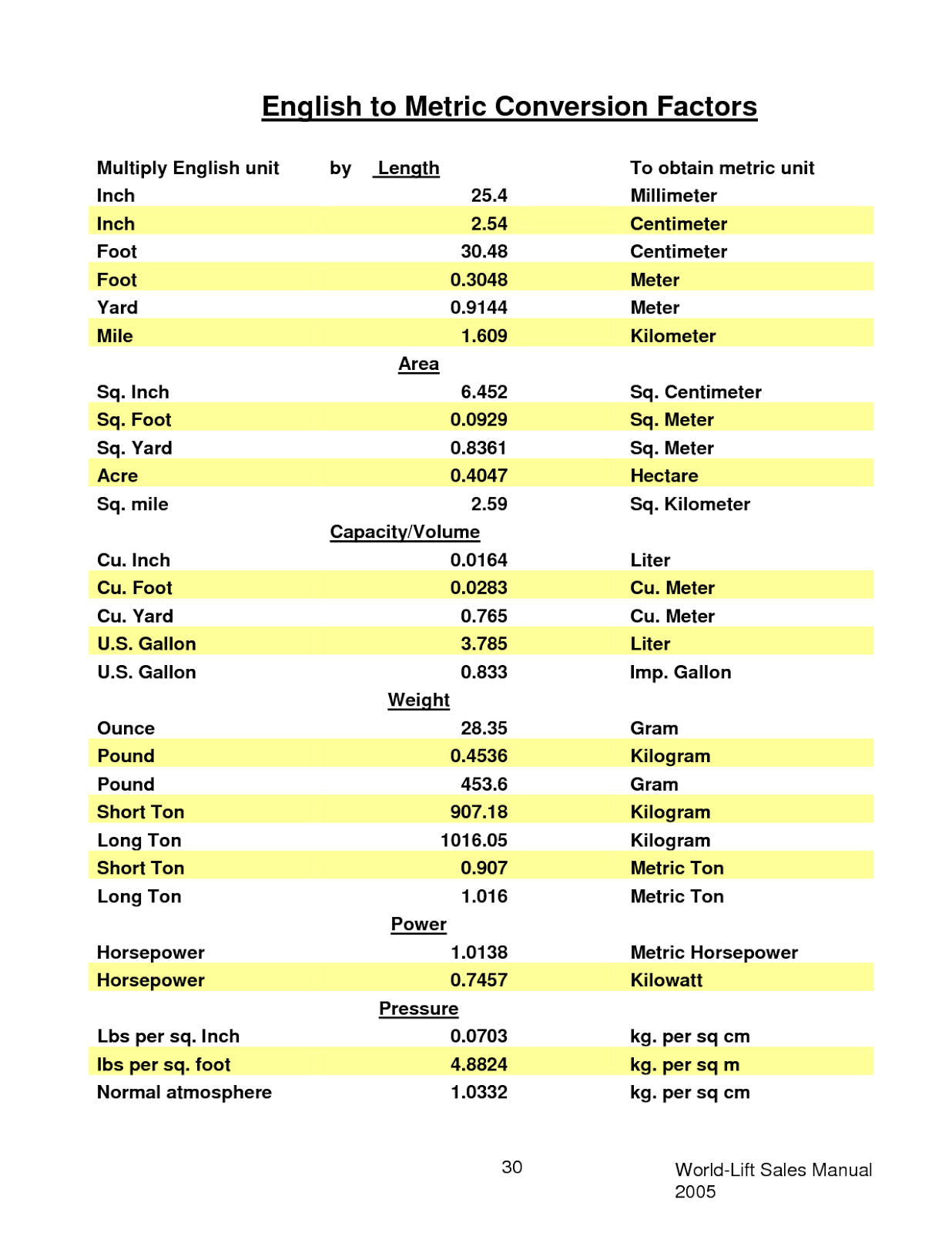
Physics Measures Conversions Substitutions And Equivalents
First we calculate the average speed using the given units then we can get the average speed into the desired units by picking the correct conversion factors and multiplying by them The correct conversion factors are those that cancel the unwanted units and leave the desired units in their place The key to converting units is to recall that multiplying a mathematical expression by unity (1) does not change the magnitude of the mathematical expression. A unit conversion factor equals unity and can be constructed from an equivalence relation. Example B.1 shows how to convert equivalence statements into unit conversion factors.
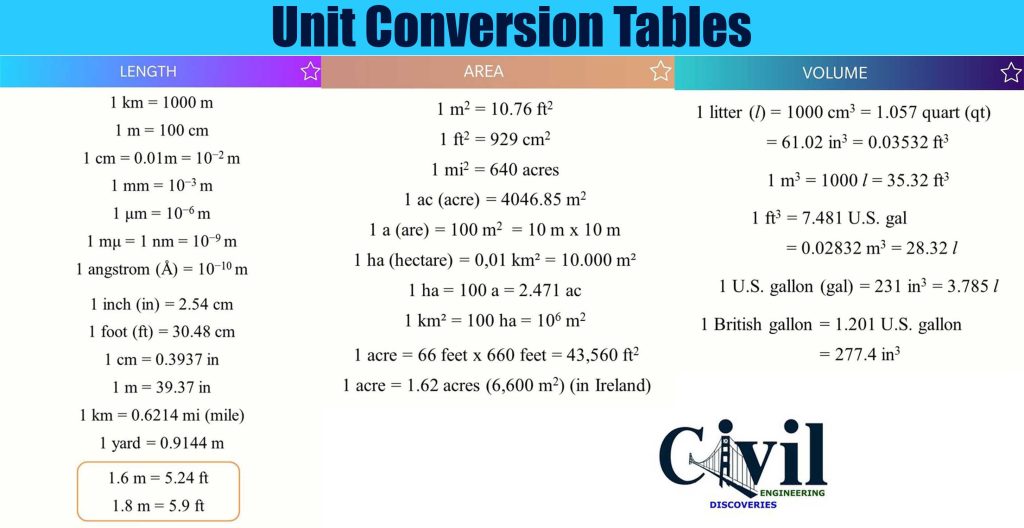
Unit Conversion Tables Engineering Discoveries
Physics Unit Conversion TableThe following tables list some of the typical prefixes and symbols that you may see. About This Article. This article is from the book: Physics I: 501 Practice Problems For Dummies (+ Free Online Practice) About the book author: This article can be found in the category: Physics. A conversion factor is a ratio that expresses how many of one unit are equal to another unit For example there are 12 in in 1 ft 1609 m in 1 mi 100 cm in 1 m 60 s in 1 min and so on Refer to Appendix B for a more complete list of conversion factors In this case we know that there are 1000 m in 1 km
Gallery for Physics Unit Conversion Table

Unit Conversion Bartleby

Si And Cgs Units PHYSICS ACADEMY

Unit Conversion Conversion Factors

Unit Conversion Example Problems Pressure Unit Conversion Unit

SI Unit Conversion Cheat Sheet MCAT Cheat Sheet
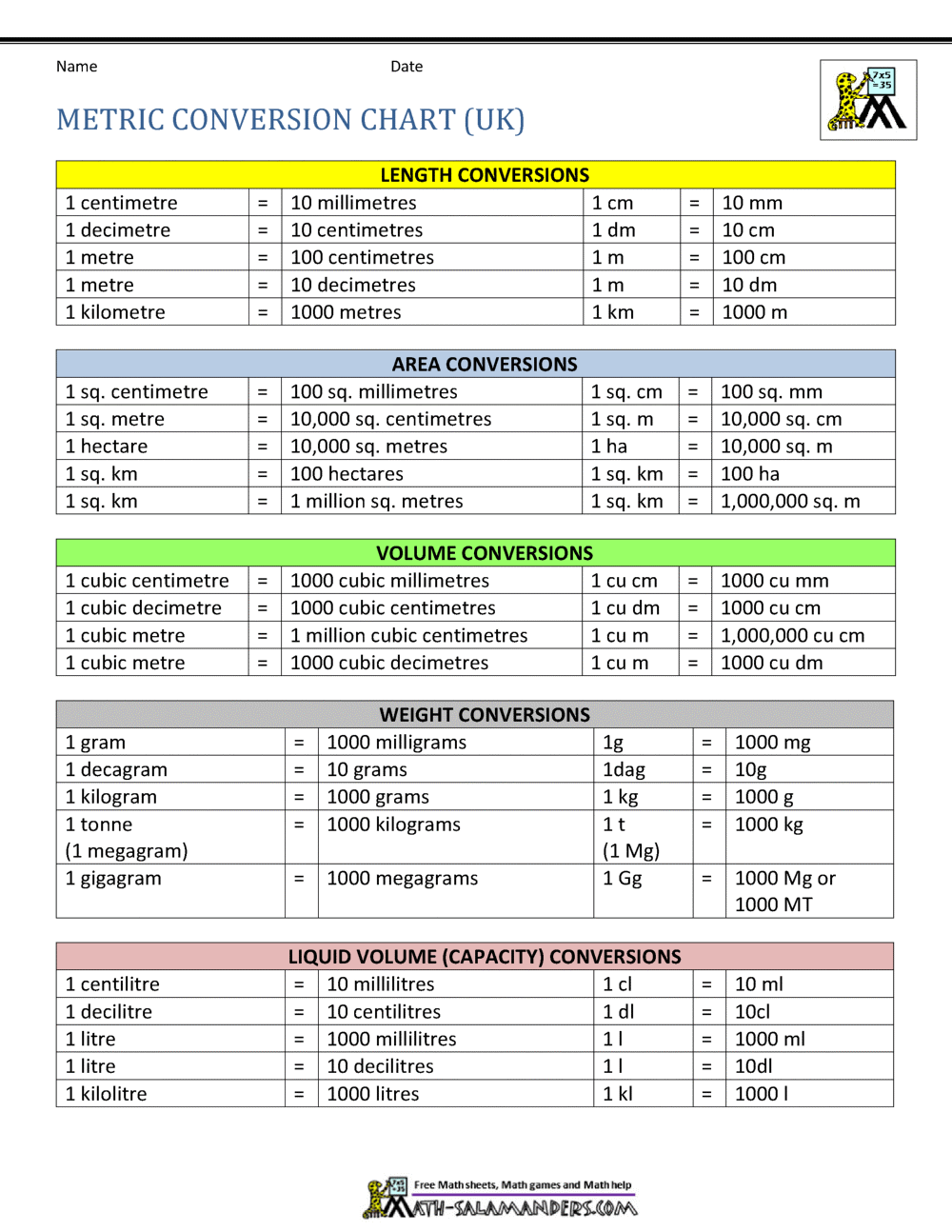
Printable Volume Conversion Chart Printable Word Searches
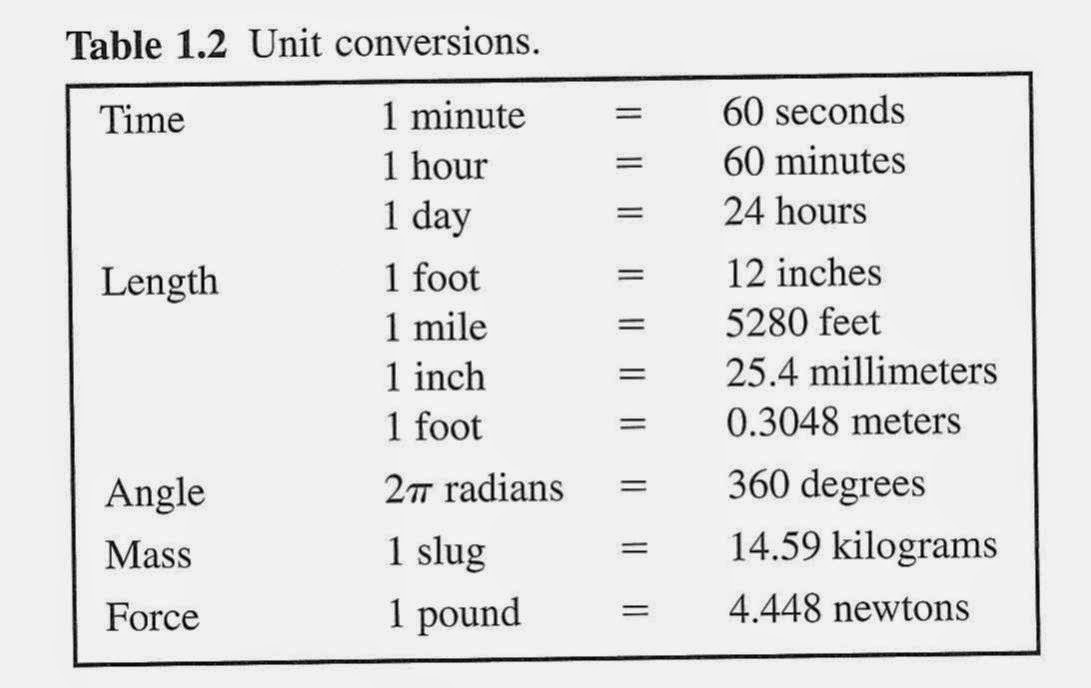
Statics 1 2 Units

Chemistry Conversion Chart Printable
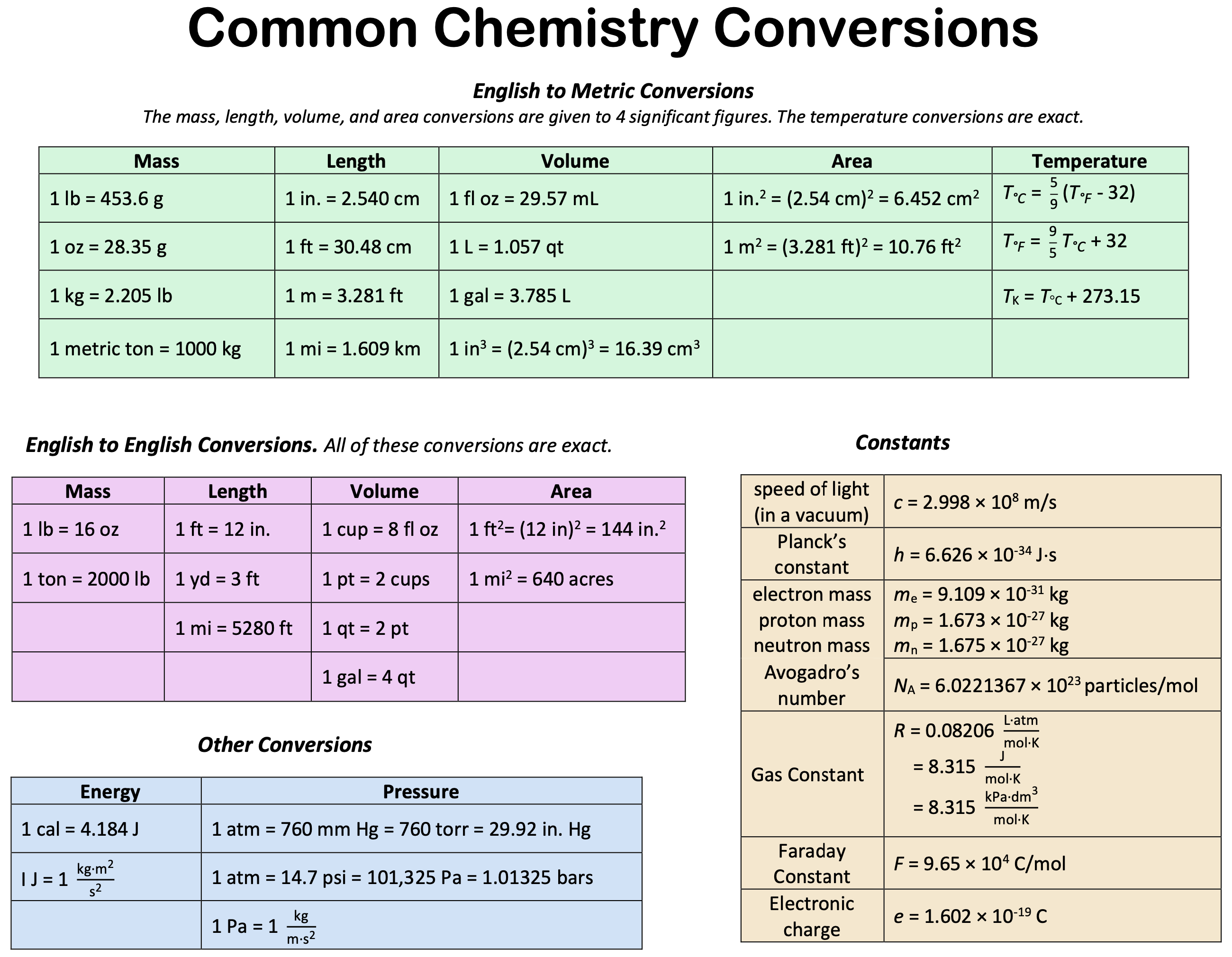
Conversions And Constants Chemistry LibreTexts

Useful Sl Units Physics Pinterest